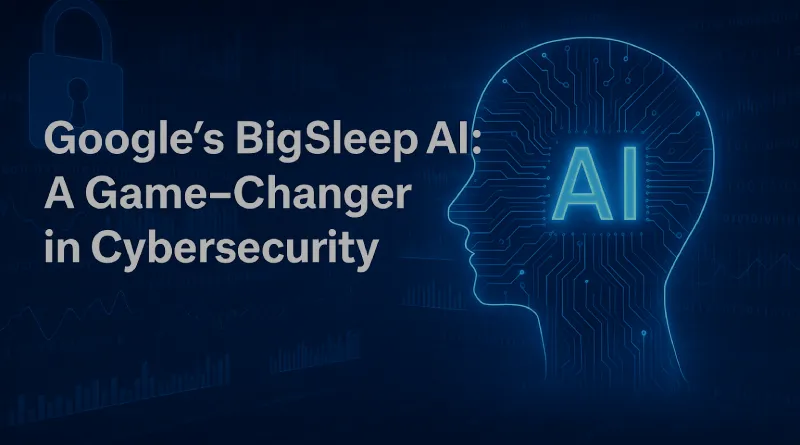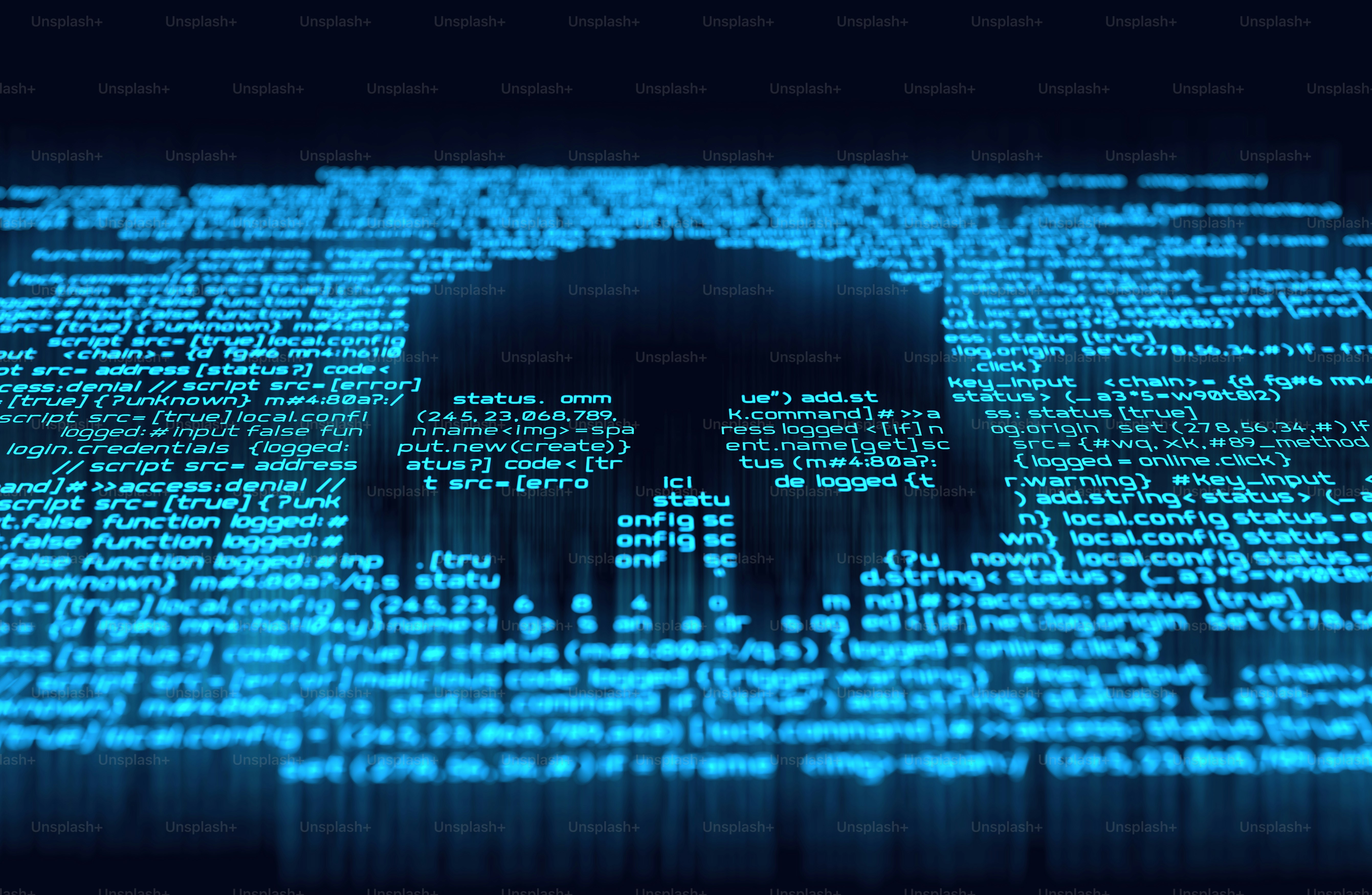Google's Big Sleep AI Makes History: First AI Agent
 Source: GBHackers
Source: GBHackers
In a groundbreaking achievement for artificial intelligence and cybersecurity, Google’s Big Sleep AI agent has accomplished something no AI has ever done before: it actively prevented a cyberattack by discovering and stopping the exploitation of a critical vulnerability that was already being staged by threat actors.
The Historic First: When AI Became a Cyber Guardian
On July 16, 2025, Google announced that its Big Sleep AI agent had discovered CVE-2025-6965, a critical memory corruption vulnerability in SQLite with a CVSS score of 7.2. What makes this discovery extraordinary isn’t just the technical achievement—it’s the timing and context that mark a new era in cybersecurity defense.
“We believe this is the first time an AI agent has been used to directly foil efforts to exploit a vulnerability in the wild.” — Kent Walker, President of Global Affairs at Google and Alphabet Google Blog
According to Google’s threat intelligence team, they had identified artifacts indicating that threat actors were actively staging a zero-day attack, but couldn’t immediately pinpoint the specific vulnerability. The limited indicators were then passed to Google’s zero-day initiative team, who leveraged Big Sleep to isolate the exact vulnerability the adversaries were preparing to exploit.
 Google’s Big Sleep AI Agent achieving the historic first in cybersecurity. Source: FourWeekMBA
Google’s Big Sleep AI Agent achieving the historic first in cybersecurity. Source: FourWeekMBA
Understanding the SQLite Vulnerability: CVE-2025-6965
The vulnerability discovered by Big Sleep affects all versions of SQLite prior to 3.50.2, one of the world’s most widely deployed database engines. SQLite powers countless applications across mobile devices, web browsers, embedded systems, and enterprise software.
Technical Details
CVE-2025-6965 is a memory corruption flaw that occurs when:
- An attacker can inject arbitrary SQL statements into an application
- This injection triggers an integer overflow
- The overflow results in reading beyond the end of an array, potentially leading to:
- Application crashes
- Information disclosure
- Arbitrary code execution
As noted by SQLite project maintainers in their security advisory: “An attacker who can inject arbitrary SQL statements into an application might be able to cause an integer overflow resulting in read off the end of an array.” SQLite CVE Database
The Big Sleep Revolution: How AI is Transforming Vulnerability Research
Big Sleep represents a collaboration between Google DeepMind and Google Project Zero, launched in 2024 as an AI-powered vulnerability discovery framework. The system uses large language models to autonomously search for unknown security vulnerabilities in software.
Key Capabilities of Big Sleep
- Autonomous Code Analysis: The AI can analyze massive codebases without human intervention
- Pattern Recognition: It identifies subtle vulnerability patterns that might escape human reviewers
- Contextual Understanding: The system understands complex code relationships and execution flows
- Threat Intelligence Integration: Big Sleep can be guided by threat intelligence to focus on specific areas of concern
Previous Successes
This isn’t Big Sleep’s first victory. In October 2024, the AI agent discovered another SQLite vulnerability—a stack buffer underflow that could lead to crashes or arbitrary code execution. According to Google’s recent blog post, Big Sleep has “continued to discover multiple real-world vulnerabilities, exceeding our expectations and accelerating AI-powered vulnerability research.” The Record
 Visual representation of AI-powered vulnerability detection workflow. Source: Web Techneeq
Visual representation of AI-powered vulnerability detection workflow. Source: Web Techneeq
The Broader Impact: AI as a Force Multiplier in Cybersecurity
The successful intervention by Big Sleep demonstrates several critical advantages of AI-powered security tools:
Speed and Scale
Traditional vulnerability research is time-intensive and requires significant human expertise. Big Sleep can analyze code at a pace no human team could match, processing thousands of lines of code and identifying potential vulnerabilities in a fraction of the time.
Pattern Recognition Beyond Human Capability
AI systems can detect subtle patterns and combinations of conditions that might be overlooked by even experienced security researchers. The complexity of modern software makes comprehensive manual analysis increasingly challenging.
Proactive Defense
Rather than reactive patching after vulnerabilities are discovered and exploited, AI agents like Big Sleep enable truly proactive security—identifying and addressing threats before they can be weaponized.
Industry Response and Future Implications
The cybersecurity community has taken notice of this milestone achievement. Security experts are viewing this as a potential paradigm shift in how organizations approach vulnerability management and threat prevention.
Open Source Security Benefits
Google has emphasized that Big Sleep is being deployed to improve the security of widely used open-source projects, creating broader security benefits across the internet ecosystem. This represents a significant contribution to global cybersecurity infrastructure.
The DARPA AI Cyber Challenge Connection
This breakthrough comes as the U.S. Defense Department prepares to announce winners of the AI Cyber Challenge (AIxCC) with DARPA at DEF CON 33. The competition has focused on developing AI tools to automatically find and fix vulnerabilities in critical open-source projects, indicating growing government interest in AI-powered security solutions.
 AI agents are becoming central to modern cybersecurity strategies. Source: Dataconomy
AI agents are becoming central to modern cybersecurity strategies. Source: Dataconomy
Building Secure AI Agents: Google’s Responsible Approach
Recognizing the potential risks of powerful AI agents, Google has published a comprehensive white paper outlining their approach to building secure AI agents. The framework emphasizes:
Defense-in-Depth Strategy
Google employs a hybrid approach combining:
- Traditional deterministic controls for reliable boundaries
- Dynamic, reasoning-based defenses for contextual decision-making
- Human oversight and transparency to ensure accountability
Key Security Principles
- Well-defined human controllers to maintain ultimate authority
- Carefully limited capabilities to prevent potential rogue actions
- Observable and transparent actions for audit and review
- Robust boundaries around operational environments
As Google researchers Santiago Díaz, Christoph Kern, and Kara Olive explain: “Traditional systems security approaches lack the contextual awareness needed for versatile agents and can overly restrict utility. Conversely, purely reasoning-based security is insufficient because current LLMs remain susceptible to manipulations like prompt injection.”
What This Means for the Future of Cybersecurity
The Big Sleep achievement marks several important inflection points:
Shifting from Reactive to Predictive Security
Organizations can now move beyond traditional reactive security models toward predictive threat prevention. AI agents can identify and neutralize threats before they materialize into active attacks.
Democratization of Advanced Security Capabilities
AI-powered vulnerability discovery could make advanced security research capabilities available to organizations that previously lacked the resources for comprehensive security research teams.
The Arms Race Accelerates
As defensive AI capabilities advance, it’s likely that threat actors will also begin leveraging AI for more sophisticated attacks, potentially leading to AI-vs-AI cybersecurity scenarios.
Integration with Threat Intelligence
The successful combination of threat intelligence with AI analysis in the Big Sleep case demonstrates the power of hybrid approaches that combine human intelligence gathering with AI analytical capabilities.
 The future of cybersecurity increasingly relies on AI-powered defense systems. Source: PCMag
The future of cybersecurity increasingly relies on AI-powered defense systems. Source: PCMag
Challenges and Limitations
Despite this success, several challenges remain:
False Positives and Accuracy
AI systems must balance sensitivity with accuracy to avoid overwhelming security teams with false positives while ensuring genuine threats aren’t missed.
Adversarial AI
As AI becomes more prevalent in security, attackers may develop techniques to evade or manipulate AI-based detection systems.
Human Expertise Still Essential
While AI can process information at unprecedented scale and speed, human expertise remains crucial for strategic decision-making and handling complex edge cases.
Looking Ahead: The Next Phase of AI-Powered Security
Google has announced several upcoming developments that build on the Big Sleep success:
Timesketch Enhancement
Google is extending Timesketch, their open-source digital forensics platform, with agentic capabilities powered by Sec-Gemini. This will enable automated initial forensic investigations, dramatically reducing investigation time.
FACADE System
Google will provide insights into FACADE (Fast and Accurate Contextual Anomaly Detection), their AI-based insider threat detection system that has been operational since 2018, processing billions of daily security events.
Industry Collaboration
Through initiatives like the Coalition for Secure AI (CoSAI), Google is working with industry partners to ensure the safe implementation of AI security systems across the broader technology ecosystem.
Preparing for the AI Security Era
Organizations should consider several steps to prepare for and benefit from AI-powered security:
- Evaluate Current Vulnerability Management: Assess how AI tools could enhance existing security processes
- Invest in AI Security Skills: Build team capabilities in AI-assisted security operations
- Explore AI Security Tools: Investigate available AI-powered security solutions appropriate for your environment
- Develop AI Security Policies: Create governance frameworks for AI tool deployment in security contexts
- Stay Informed: Monitor developments in AI security research and best practices
Conclusion: A New Dawn in Cybersecurity Defense
Google’s Big Sleep achievement represents more than a technical milestone—it signals the beginning of a new era in cybersecurity where AI agents serve as vigilant guardians, capable of identifying and neutralizing threats before they can cause harm.
As cyber threats continue to evolve in sophistication and scale, the ability to predict and prevent attacks rather than simply respond to them becomes increasingly crucial. The success of Big Sleep demonstrates that we’re entering an era where artificial intelligence doesn’t just assist human security professionals—it actively protects our digital infrastructure.
The implications extend far beyond Google’s own security operations. As Big Sleep and similar AI agents are deployed to protect open-source projects and critical infrastructure, we may be witnessing the emergence of a more resilient and secure digital ecosystem.
However, this technological advancement comes with responsibilities. As Google’s white paper emphasizes, the development and deployment of AI security agents must be approached with careful consideration of security, transparency, and human oversight.
The age of predictive cybersecurity has begun, and Big Sleep’s historic first interception of a live cyberattack may well be remembered as the moment when AI transformed from a security tool into a true cyber guardian.
Stay updated on the latest developments in AI-powered cybersecurity by following security research from Google Project Zero, industry publications, and upcoming presentations at Black Hat USA and DEF CON 33.





